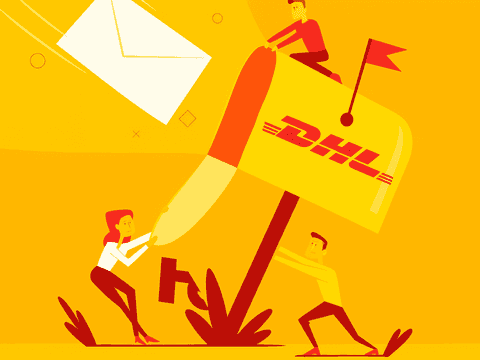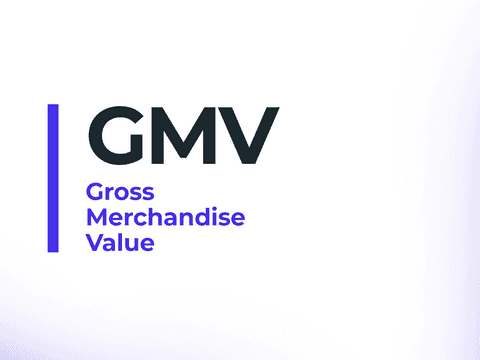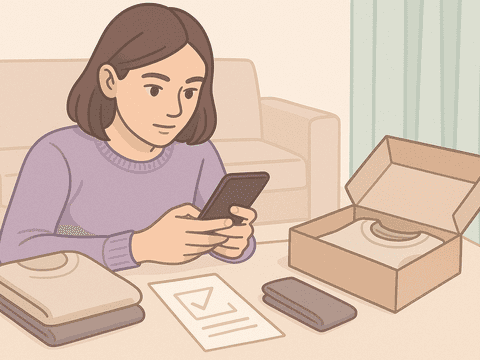Right after purchase, shoppers are still excited and engaged, making this the perfect time to offer them something extra. Studies show you have a 60–70% chance of selling to an existing customer, and even a slight bump in retention can send your profits soaring.
This is the magic of post-purchase upsells. Suggesting a complementary product, a limited-time deal, or a smart upgrade right after the sale taps into your customer’s excitement, not their resistance. When it feels like you’re helping them get more out of their purchase.
Outvio's post-purchase system enables eCommerce businesses to boost revenue by over 15% through upselling. In this article, you’ll find practical strategies for creating upsells that feel natural, relevant, and deliver real results for your business.
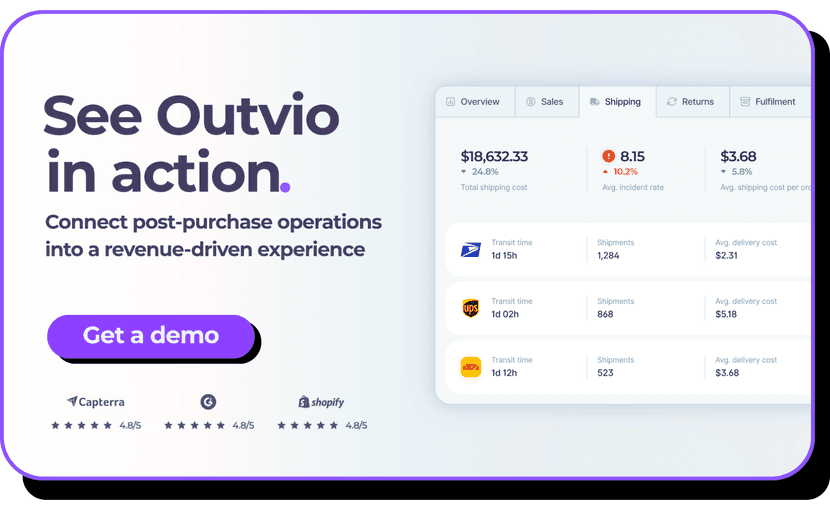
The psychology behind post-purchase upselling
After a customer completes a purchase, they typically feel positive, trust your brand, and are in a buying mindset. This is an ideal opportunity to recommend an additional product that complements their recent purchase.
Why you shouldn’t do it before the purchase
Seeing too many pop-ups or cross-sell options before your purchase can feel overwhelming and distracting, potentially causing you to abandon your cart. If you wait until after your purchase is complete, you avoid disrupting your main transaction and reach you when you are most satisfied and open to additional offers.
Post-purchase funnel: Understanding the journey
The post-purchase funnel is crucial for building lasting relationships. After a sale, each interaction—such as a thank you message, useful advice, or an unexpected reward—offers an opportunity to keep your brand memorable and transform buyers into loyal fans.
Stages of the post-purchase funnel
- Order confirmation: After a customer completes a purchase, this is a crucial moment because they are generally pleased and attentive to information about their order
- Thank-you page: Immediately following payment, customers are usually receptive and interested in exploring additional options related to their purchase
- Tracking page: When customers check their order status, they are engaged with their purchase and may notice other product recommendations or new items
- Order updates and shipping notifications: Customers typically open update emails and shipping notifications, as they want to stay informed about their order's progress
- Post-delivery follow-up: Once the package is received, customers are often satisfied, making this an ideal time to request feedback or invite them to join a loyalty program
- Re-engagement campaigns: Over time, you can send campaigns to recapture customer interest by offering personalized product suggestions or special promotions
- Return workflow: If a customer starts a return, you can present alternatives to retain their interest and encourage continued shopping
By mapping out the post-purchase funnel, you’ll know exactly when and how to reach out, whether that’s a friendly email, a timely SMS, or a perfectly placed in-app notification.
Best practices for optimizing post-purchase upsells in eCommerce
1.Smart product recommendations
Use order notifications and tracking pages to show product suggestions based on what customers have bought or looked at.
This helps keep your brand in front of customers and shows them products they might like when they are paying the most attention.
Some good ways to recommend products are:
- Offer complimentary items: Suggest products that go well together, like matching accessories or things often bought as a pair
- Showcase trendy pieces: Highlight popular or trending products to catch customers' interest and encourage them to check out new items that are in demand
- Display seasonal products: Show products that fit the current season or upcoming holidays, making it easier for shoppers to find what they need right now
- Provide outfit ideas: Give complete outfit suggestions by putting different pieces together, so customers can see how products look as a set
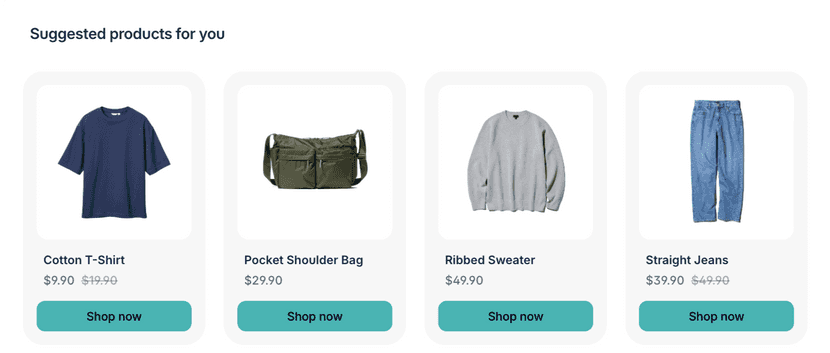
2. Strategic discounts to re-regage buyers
Send exclusive, limited-time discount codes via email, WhatsApp or SMS a few days after delivery, encouraging customers to return and explore new products.
Position these offers as a thank-you for their recent purchase or as a special reward for being a valued customer.
3. Automated replenishment reminders
Schedule personalized emails or notifications based on the average usage cycle of the purchased product.
For instance, if a customer buys skincare or supplements, send a reminder to reorder just before they’re likely to run out. Include a one-click option to add the product to their cart, simplifying the repurchase process and increasing customer lifetime value.
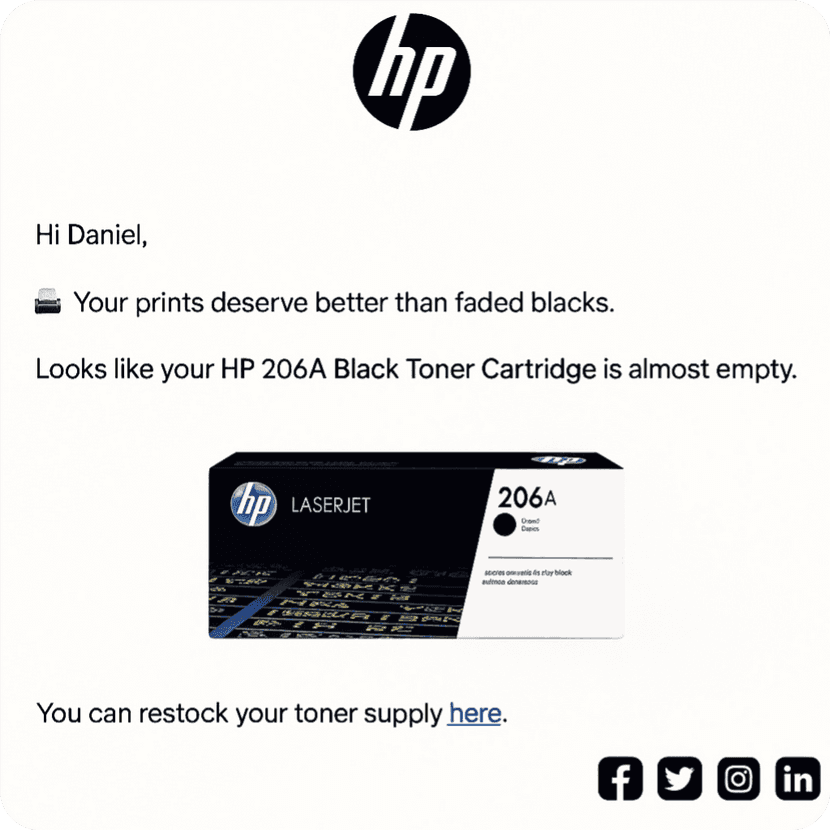
4. Reward loyal customers and high-value segments
Use post-purchase communications to invite them to join your loyalty program or unlock special bundles available only to repeat buyers.
Highlight the added value, such as bonus products, free shipping, or points towards future discounts. This not only incentivizes larger orders but also fosters long-term brand loyalty.
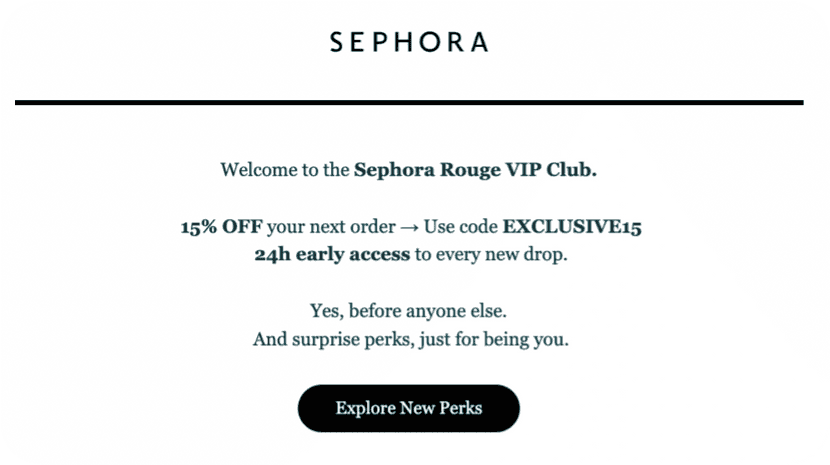
5. Using your chatbot for post-purchase dynamic recommendations
After the sale, the chatbot can reach out to check on order satisfaction and, based on the customer’s responses and purchase history, provide real-time, personalized upsell recommendations.
For example, if a customer expresses excitement about a fitness tracker, the chatbot can suggest compatible accessories or premium features. This interactive approach delivers timely, relevant offers and can handle objections or questions instantly, increasing conversion rates.

6. Turn returns into opportunities
When a customer initiates a return, present them with incentives to exchange for a different item or accept store credit with an added bonus (e.g., an extra 10% value).
Suggest alternative products based on their original purchase, using this moment to keep the customer engaged and potentially increase their satisfaction with a better-suited product.
Using a tool that allows instant exchanges is useful for preventing customers from leaving the return process before completing their transaction.
Remember that you can automate the post-purchase upselling strategies mentioned directly on the Outvio platform.
How to create a personalized post-purchase upsell campaign: High conversion tips
1. Know your target audience
Knowing your customers enables you to design campaigns and offers that match their preferences. Start by dividing your audience based on age, interests, gender, location, shopping behavior, and other important factors.
2. Make every upsell offer solve a real customer need
The most effective upsells tap into what your customer actually values or needs next. Ask yourself: Does the offer make their experience better, easier, or more enjoyable? If the answer is yes, your upsell is on the right track.
3. Prioritize one relevant upsell over multiple generic offers
More offers do not mean more conversions. In fact, too many choices can overwhelm and reduce action. If necessary, focus on presenting a single, highly relevant upsell that fits the context of the purchase and the customer’s profile.
4. Communicate upsell value and pricing with total clarity
Customers should immediately understand what’s being offered, why it’s valuable, and what it costs. Avoid hidden fees, complicated bundles, or unclear terms. The simpler and more transparent your upsell, the higher your acceptance rate will be.
5. Present upsells at the moment customers are most receptive
Don’t interrupt the checkout flow or distract from the main purchase. Instead, offer your upsell when the customer is most receptive, typically right after the purchase is complete or in the first follow-up message.
6. Motivate action with honest, respectful urgency
Use urgency sparingly and honestly. Limited-time offers or low-stock messages work best when they’re authentic. The goal is to motivate, not to pressure.
7. Continuously refine your upsell approach
View every upsell as a chance to learn about your customers. Pay attention to what works and what doesn’t, and refine your approach based on real feedback and results.
8. Leverage micro-segmentation
Most brands segment customers by broad categories like age or purchase history, but you can unlock much higher conversion rates by using micro-segmentation.
For example, you might notice that customers who buy late at night are more receptive to “next-morning delivery” upsells, or that mobile shoppers respond better to one-click add-ons. By identifying and targeting these micro-segments, you can deliver upsell offers that feel almost custom-made for each shopper, dramatically increasing the likelihood of acceptance.
Key dashboard metrics for post-purchase upselling optimization
Use a dashboard to track these metrics in real time and quickly identify trends or problems:
- The uptake rate shows how many customers accept your upsell offers. If it's low, improve your product suggestions, offer timing, or messaging.
- Monitor AOV to see how much more customers spend with upsells. If AOV doesn't rise, try new bundles, discounts, or exclusive deals.
- Revenue per visitor measures overall upsell effectiveness. If it’s flat, review your upsell placements and the customer journey for improvements.
- Track repeat purchase rate to gauge loyalty. Low repeat purchases may require better post-purchase follow-ups, loyalty programs, or return incentives.
Implementation tools: powering effective post-purchase upsells
To build successful post-purchase upsells, leverage advanced tools that automate, personalize, and optimize offers using real customer data. Select solutions that segment your audience and trigger well-timed promotions.
Outvio is a comprehensive platform designed to manage and personalize the post-purchase experience. It delivers targeted upsell offers, utilizes real-time data for audience segmentation, and provides in-depth analytics. Outvio integrates seamlessly with your store and communication channels, ensuring relevant and timely upsells. Request a free demo.


